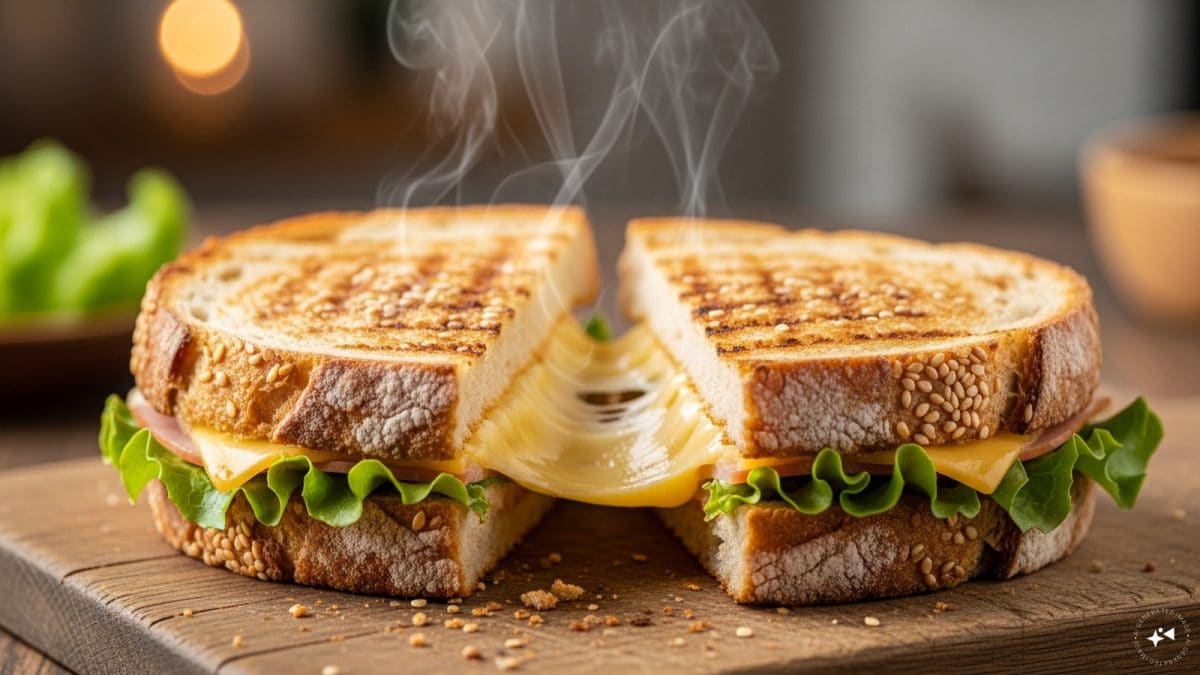Last Updated:
Cold hands and feet may signal poor circulation, leading to discomfort and potential health issues. Here’s all about its causes and natural remedies to improve blood flow.

Cold hands and feet may signal poor circulation.
Cold hands and feet may be more than a nuisance, possibly a sign of poor circulation, where blood supply to extremities is compromised. This compromised circulation can cause hands and feet to feel cold, numb, and tingling, and, if left untreated, can result in life-threatening complications like tissue damage and slow-healing wounds.
Circulation is the body’s mechanism of distributing oxygen and nutrients from the heart to muscles, skin, and organs. If blood flow is impaired, extremities become cold, numb, or tingly. Chronic inadequate circulation can cause more severe health problems.
Common Signs Of Poor Circulation
Early identification of poor circulation prevents complications. Some of the common signs are:
- Cold hands and feet that are not relieved even in warm surroundings
- Numbness or pins and needles sensations
- Bluish or pale skin
- Weak or tired muscles
- Numbness of fingers, toes, or arms
- Pain in the legs while walking or standing
- Swollen veins or prominent varicose veins
- Slow-healing ulcers or sores on the skin
If you observe these symptoms regularly, it can be a sign of underlying circulatory problems that need to be addressed.
Major Reasons For Poor Circulation
Poor circulation may develop over time or due to certain health conditions. Some of the reasons are:
Atherosclerosis: When fatty plaques accumulate in the walls of the arteries, the vessels get smaller, and it is more difficult for blood to pass through. In the long run, this can reduce oxygen supply to tissues and raise the risk of a heart attack or stroke.
Peripheral Arterial Disease (PAD): PAD is a form of atherosclerosis that involves arteries in the legs and feet. PAD causes leg pain, numbness, and impaired wound healing, and is usually linked to the same mechanisms that cause coronary heart disease.
High Blood Pressure: Hypertension harms arteries by making them harder and more susceptible to plaque buildup, which slows the flow of blood to the farthest reaches of the body, such as hands and feet.
Heart Failure: When the heart is unable to pump blood, the circulation becomes slow, and the extremities might not get enough oxygen and nutrients.
Diabetes: Having too much sugar in the bloodstream can hurt the blood vessels over time, leading to plaques and hardening of the arteries, which reduces blood flow.
Obesity: Being overweight puts extra pressure on the heart and raises the chances of diabetes, high blood pressure, and cholesterol issues, which all damage circulation.
Raynaud’s Disease: This disease makes blood vessels in the fingers and toes overreact to cold or stress, leading to cold, pale, or numb hands and feet.
5 Ways To Improve Your Circulation
Elevate Your Legs: Lifting your feet a little higher than your heart level invites blood to return towards your heart with the assistance of gravity. If you are sitting for extended periods, try lying down or using a footrest to avoid blood from accumulating in your legs.
Stay Active: Physical activity strengthens your heart and helps blood circulate more effectively. Walking, swimming, gardening, or yoga are all excellent ways to get your blood pumping. The NHS recommends 150 minutes of moderate-intensity exercise per week, which can improve circulation while boosting overall health.
Stay Hydrated: Blood is composed of approximately 50% water, and dehydration decreases blood volume and efficiency of circulation. Healthy blood flow is promoted by drinking six to eight glasses of water daily. Adequate hydration also prevents your blood from thickening, making it flow more smoothly through veins and arteries.
Keep a Heart-Healthy Diet: A balanced diet keeps your arteries healthy and aids circulation. Eating a healthy diet with plenty of fruits, vegetables, whole grains, and oily fish can cut down on plaque and enhance circulation.
Consider Compression Stockings: Compression stockings provide mild pressure to the legs, causing blood to return to the heart and decreasing swelling. They are particularly helpful for those who stand for extended lengths of time or have venous insufficiency.
4 Things Not To Do If You Have Poor Circulation
Applying Hot Water Bottles or Portable Heaters Directly to Hands and Feet: Applying hot water bottles or portable heaters to numb limbs can result in burns since you won’t feel them being too hot. Wearing warm gloves and socks, or warming up slowly in a bath or shower, is safer.
Dry Brushing: Dry brushing enhances circulation; no scientific evidence exists to demonstrate long-term efficacy. It can irritate sensitive skin, particularly in individuals with compromised blood flow, and actually exacerbate skin damage.
Tight Clothing and Footwear: Compressive clothing or footwear that compresses some areas can impede blood flow. Loose-fitting garments and well-fitting shoes are needed to preserve healthy circulation.
Smoking: Cigarettes harm blood vessels and increase plaque formation, constricting blood flow. Quitting smoking is one of the best ways to shield your arteries, enhance circulation, and prevent associated health issues.
Identifying symptoms early and adopting lifestyle changes, like regular exercise, staying hydrated, and elevating your legs, can greatly improve blood circulation and overall health. If you notice frequent cold hands or feet or other indications of circulatory problems, please see a healthcare provider for an accurate diagnosis and treatment.
Delhi, India, India
October 26, 2025, 14:07 IST







